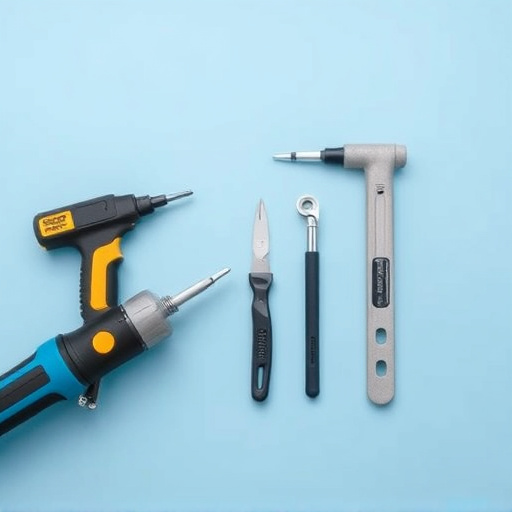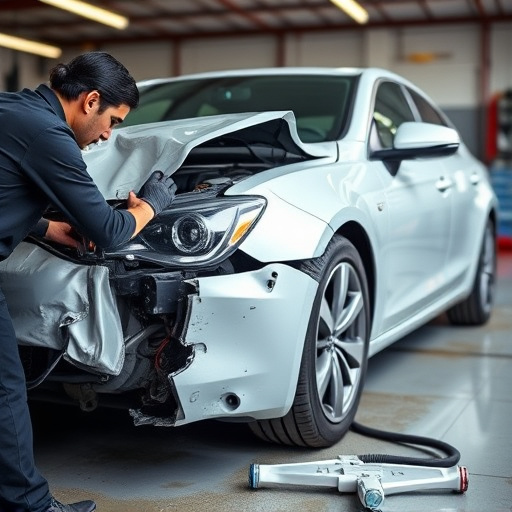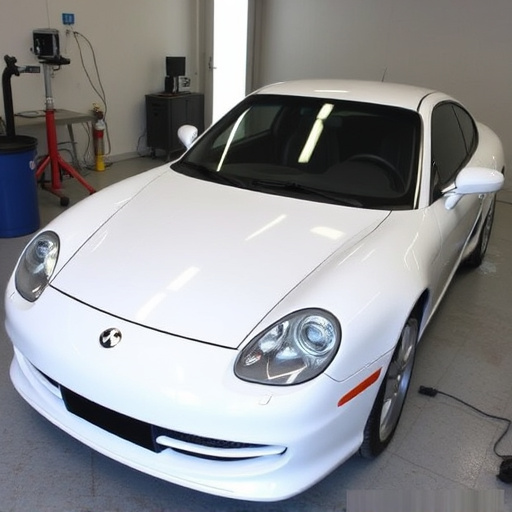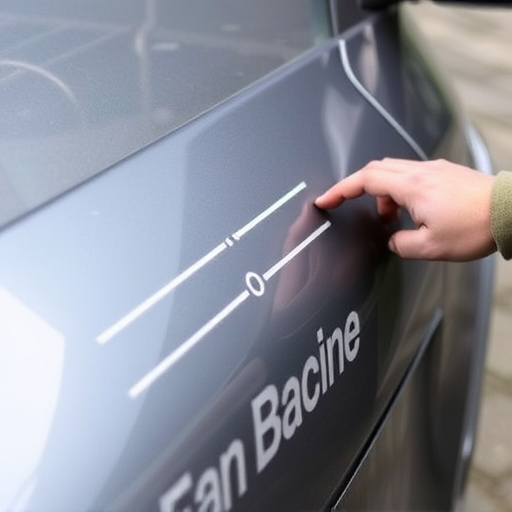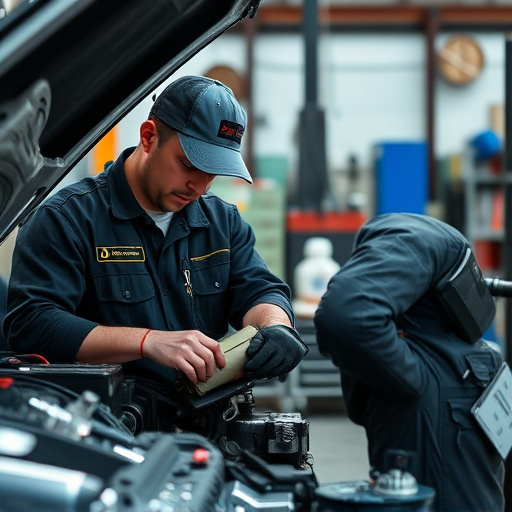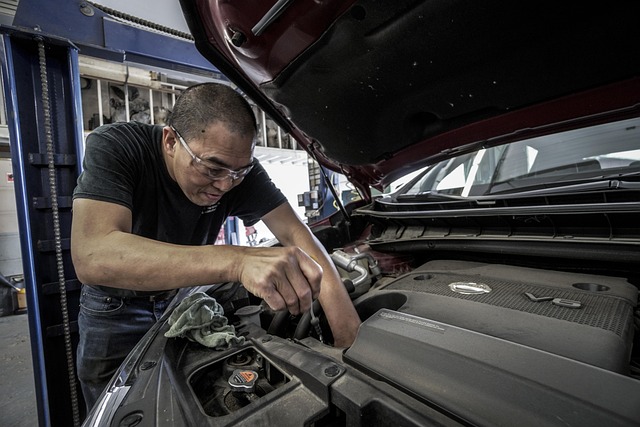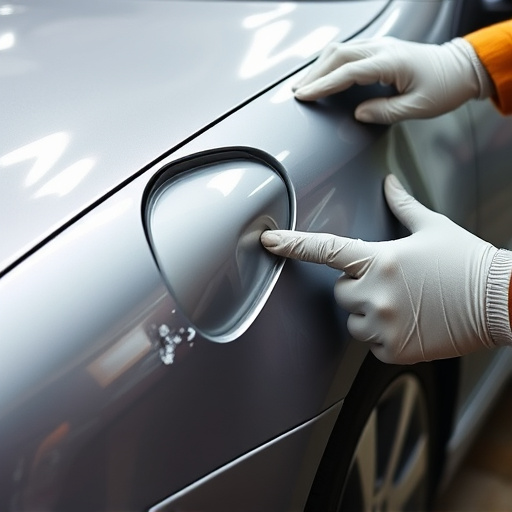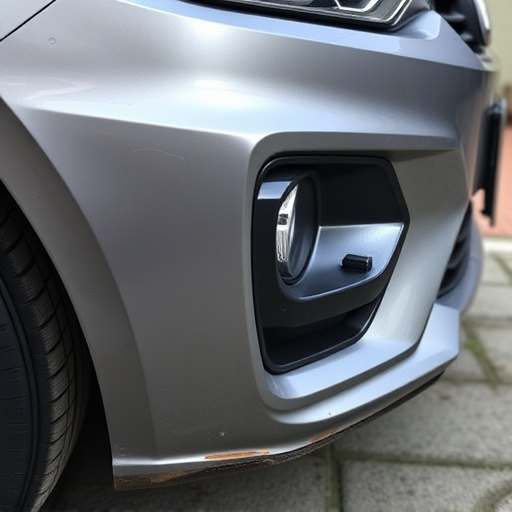Inadequate insurance coverage for auto body repairs and specialized parts like auto glass, high deductibles, and misinterpretation of warranty terms lead to disputes. Policy limits often don't cover complex or necessary repairs, clashing with policyholders' expectations, especially regarding manufacturing defects. Understanding coverage options and warranties before accepting a policy is key to avoiding these issues in insurance repair warranties.
“In the realm of insurance repair warranties, disputes can often arise from seemingly subtle nuances. This article delves into the common pitfalls that leave policyholders and repair providers at odds. We explore ‘Insufficient Coverage,’ dissecting the challenges posed by restrictive policies. Additionally, we address ‘Misinterpretation of Terms,’ dispelling myths that cloud warranty understanding. Furthermore, our discussion on ‘Disputes Arise’ highlights situations where repairs exceed warranty limits, offering insights to navigate these complex scenarios effectively.”
- Insufficient Coverage: Common Pitfalls in Insurance Policies
- Misinterpretation of Terms: Debunking Warranty Myths
- Disputes Arise: When Repairs Exceed Warranty Limits
Insufficient Coverage: Common Pitfalls in Insurance Policies
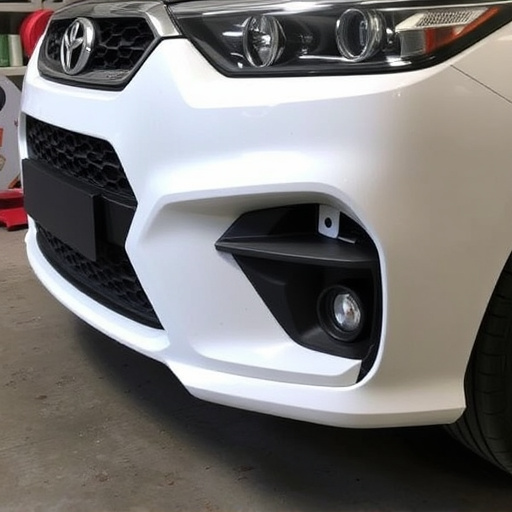
Many insurance repair warranty disputes arise due to insufficient coverage in policies. Often, standard automobile insurance plans exclude or limit coverage for specific types of repairs, such as auto body services, leaving policyholders vulnerable when facing significant damage. For instance, deductibles that are too high can make it financially impractical for policyholders to claim for minor repairs, encouraging them to opt for less reliable, cheaper alternatives.
Additionally, policies may not adequately cover the cost of replacement parts, especially for specialized components like auto glass repair. This can lead to disagreements between insured individuals and their insurers over who bears the responsibility for these costs. Understanding the fine print and reviewing coverage options before accepting a policy is crucial to avoiding such pitfalls in insurance repair warranties.
Misinterpretation of Terms: Debunking Warranty Myths
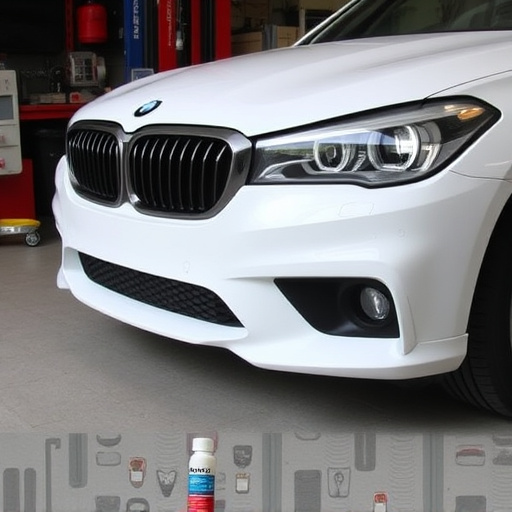
Misinterpretation of warranty terms is a common source of disputes when it comes to insurance repair warranties. Many consumers have myths or misunderstandings about what their policy covers, leading to confusion and disagreements with repair shops. For instance, some believe that any and all repairs are guaranteed, while others think certain services aren’t eligible for coverage. Debunking these myths early on is crucial.
Warranties, whether for car dent repair, automotive collision repair, or general maintenance, typically have specific stipulations and exclusions. They clarify what’s covered, what’s not, and often include conditions like deductibles, pre-existing damage, and timeframes. Understanding these terms can prevent disputes and ensure consumers receive the right services under their insurance policies. It’s essential to read and comprehend the warranty agreement before agreeing to any repairs, so as to avoid costly surprises down the line.
Disputes Arise: When Repairs Exceed Warranty Limits
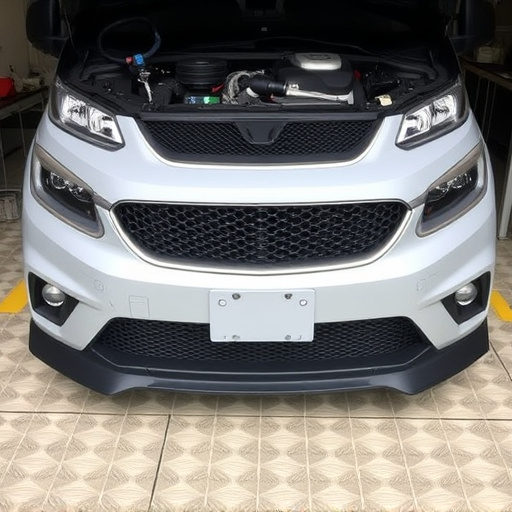
Repair warranty disputes often arise when the cost of repairs exceeds the limits set by the manufacturer’s or insurer’s warranty policy. This scenario is common for both vehicle dent repair and more extensive vehicle restoration projects. When a vehicle suffers significant damage, requiring complex body work such as panel replacement or major mechanical repairs, it can quickly surpass the coverage bounds of standard insurance policies.
Insurers typically define these limits in terms of dollar amounts per claim and the overall lifetime cost of maintenance for a specific vehicle model. Policyholders, on the other hand, may argue that certain repairs are necessary due to manufacturing defects or poor initial workmanship, which should be covered under the warranty. This disagreement can lead to disputes, especially in the case of vehicle body repair, where aesthetic and structural integrity are paramount.
Understanding common sources of repair warranty disputes—from insufficient coverage to misinterpreted terms—is essential for both consumers and businesses navigating insurance policies. By debunking warranty myths and being aware of limits, individuals can better protect themselves and avoid costly surprises. When repairs exceed warranty boundaries, clear communication and a thorough review of the policy are crucial to resolving disputes promptly. Embracing transparency and knowledge is key to fostering a seamless process for all involved in the insurance repair warranty landscape.
